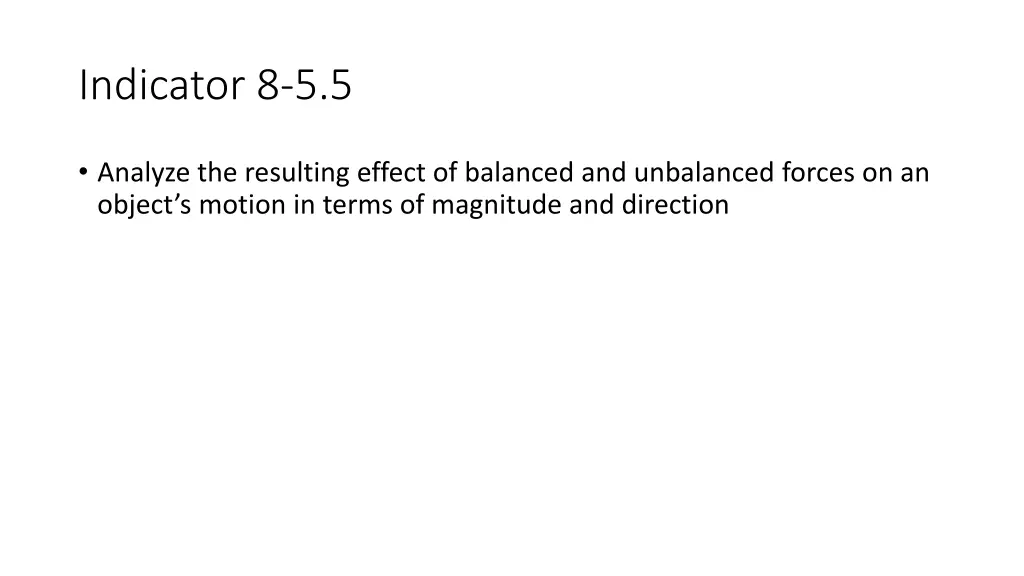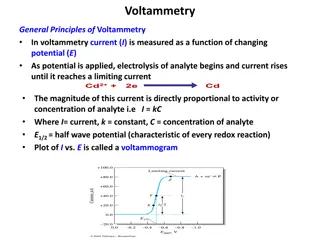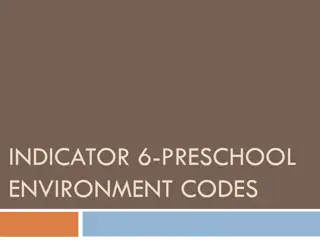
Understanding Balanced and Unbalanced Forces in Motion Analysis
Learn how balanced forces maintain object motion unchanged while unbalanced forces lead to changes in speed and direction. Explore scenarios like arm wrestling and tug of war to understand the effects of different force interactions.
Download Presentation

Please find below an Image/Link to download the presentation.
The content on the website is provided AS IS for your information and personal use only. It may not be sold, licensed, or shared on other websites without obtaining consent from the author. If you encounter any issues during the download, it is possible that the publisher has removed the file from their server.
You are allowed to download the files provided on this website for personal or commercial use, subject to the condition that they are used lawfully. All files are the property of their respective owners.
The content on the website is provided AS IS for your information and personal use only. It may not be sold, licensed, or shared on other websites without obtaining consent from the author.
E N D
Presentation Transcript
Indicator 8-5.5 Analyze the resulting effect of balanced and unbalanced forces on an object s motion in terms of magnitude and direction
Balance forces will cause no change in the motion of an object. Balanced forces acting on an object in opposite directions and equal in strength, as shown in the arrows below, do not cause a change in the speed/magnitude or direction of a moving object 5N 5N Balance Forces
Balance Forces Objects that are not moving will not start moving if acted on by balanced forces. For example, in arm wrestling where there is no winner, the force exerted by each person is equal, but they are pushing in opposite directions. The resulting force (net force) is 5N 5N
Balance Forces In tug of war, if there is no movement in the rope, the two teams are exerting equal but opposite forces that are balanced. Again the resulting force (net force) is zero. 5N 5N
Unbalanced Forces Unbalanced forces are not equal, and they always cause the motion of an object to change the speed and/or direction that it is moving.
When two unbalanced forces are exerted in Unbalanced Forces opposite directions, their combined force is equal to the difference between the two forces. The magnitude and direction of the net force affects the resulting motion. This combined force is exerted in the direction of the larger force. 5N 5N 10N
Unbalanced Forces If in a tug of war, one team pulls harder than the other, the resulting action (net force) will be that the rope will change its motion in the direction of the force with the greater strength/magnitude as shown below 5N 10N 5N
Unbalanced Forces If unbalanced forces are exerted in the same direction, the resulting force (net force) will be the sum of the forces in the direction the forces are applied. For example, if two people pull on an object at the same time in the same direction, the applied force on the object will be the result of their combined forces (net force or longer arrow to the right of the = ) as shown below: 65N 55N+ 10N
Unbalance forces When forces act in the same direction, their forces are added. When forces act in opposite directions, their forces are subtracted from each other Unbalanced forces also cause a nonmoving object to change its motion NO Net force: the motion does not change Net force : the speed of the object will change in the direction of the net force






















